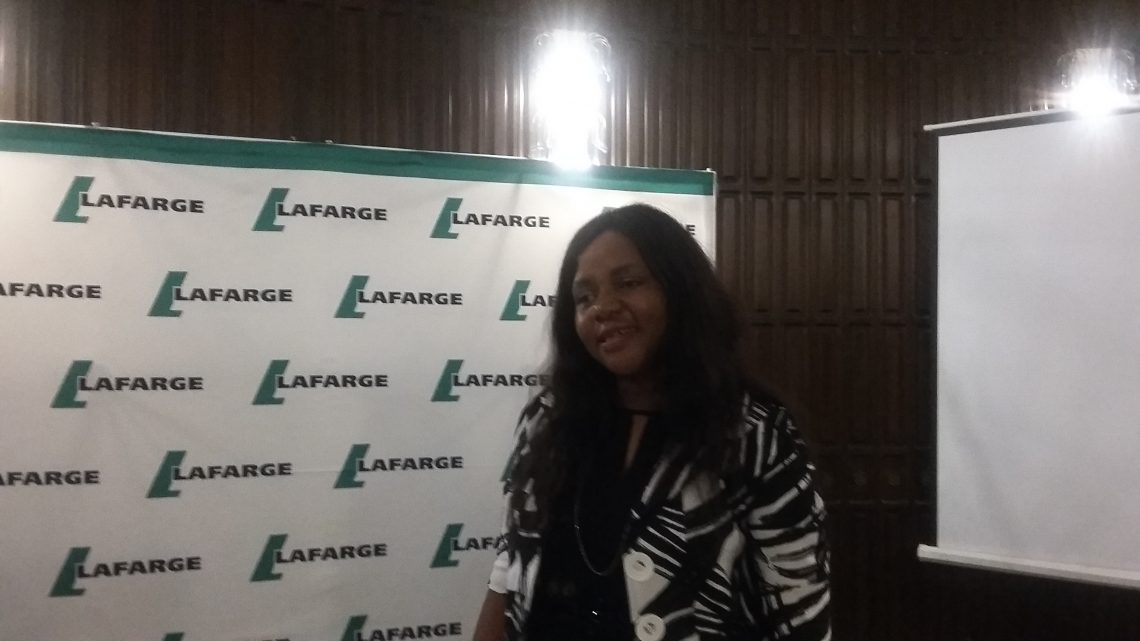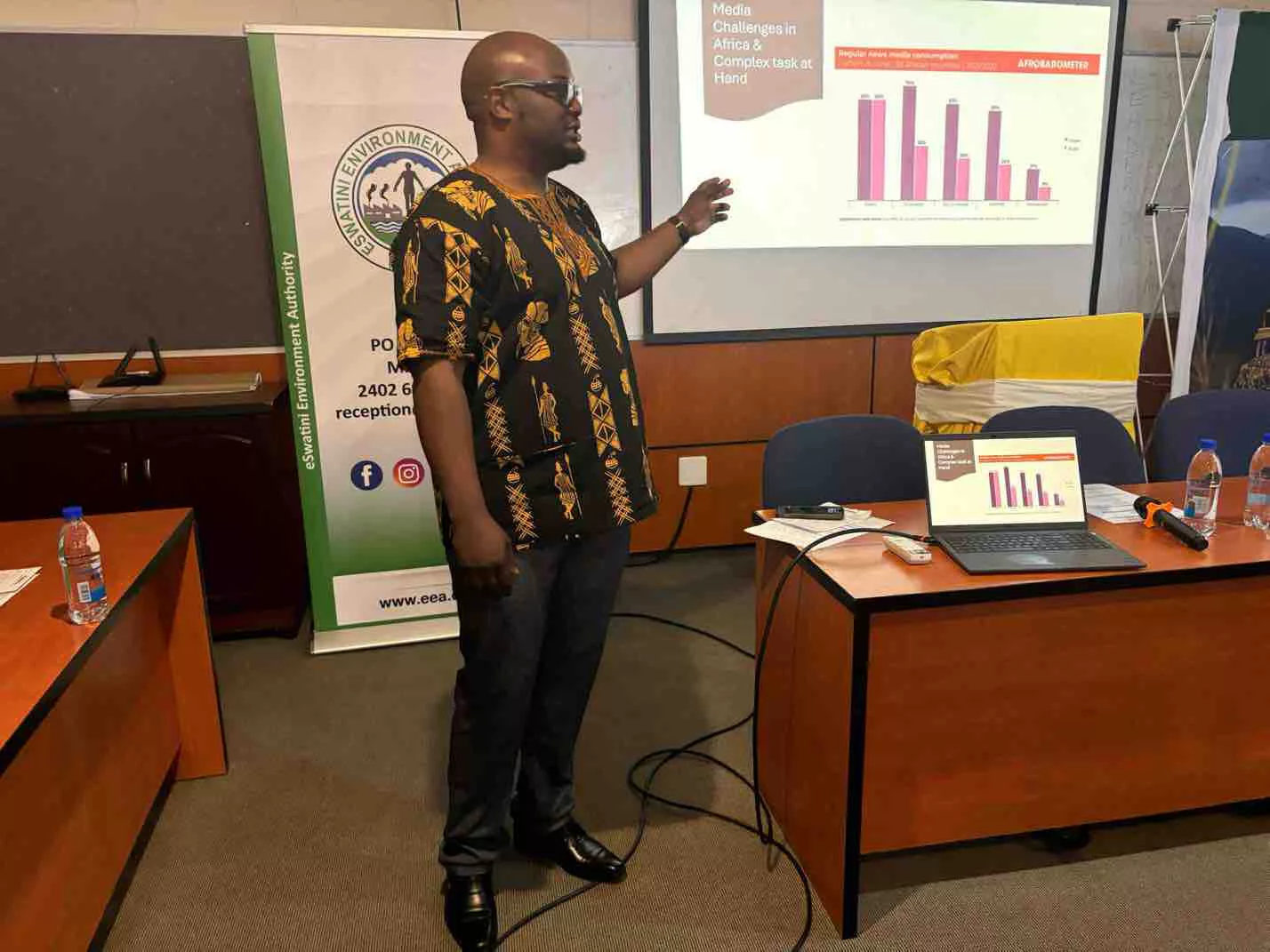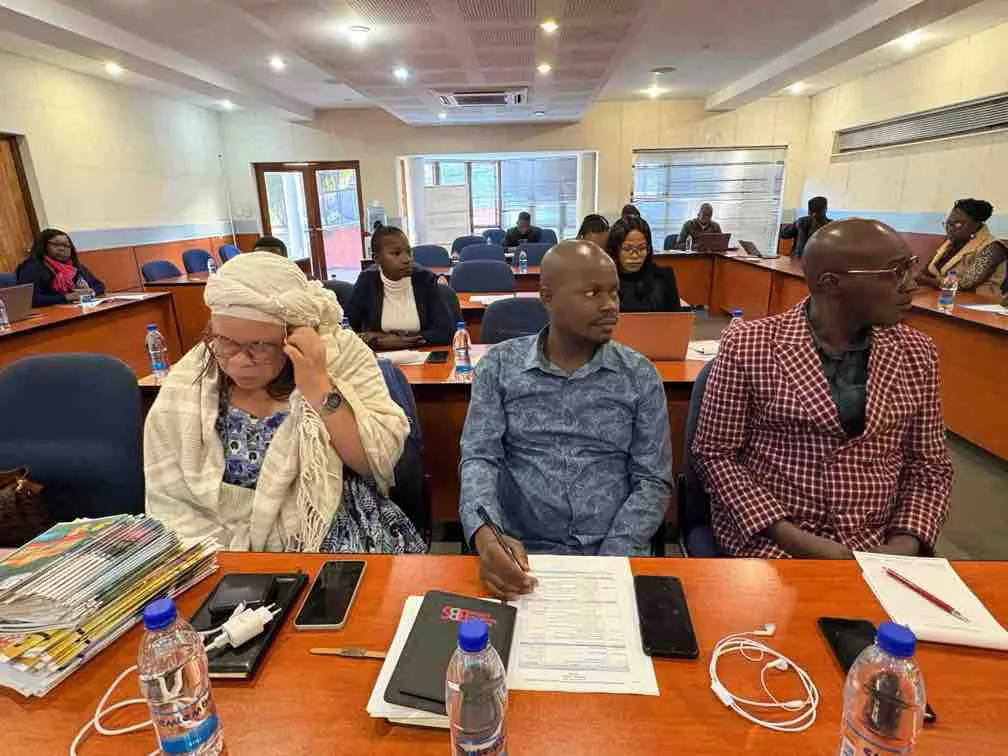By Byron Mutingwende
The media has been urged to initiate programmes for accident prevention and elimination of work related illnesses at the workplace in line with the Sustainable Development Goals.
Speaking at a workshop to facilitate appreciation of occupational health and safety hazards and risks in the media industry, Precious Nyika, the Human Resources and Communications Director of Lafarge said it was of paramount importance for journalists to be equipped with the requisite skills to identify solutions for corporate health and safety challenges.
“Health and Safety is a core value of the LafargeHolcim Group, to which Lafarge Cement Zimbabwe is a member. It is the central and fundamental part of our business, which means health and safety comes first before production, before sales targets, before cost optimisation. Health and safety forms the foundational processes of the various sectors of our business.
‘As a gathering of peers in the same industry, today’s workshop provides a platform to share experiences and case studies on occupational health and safety from different media houses as a mechanism of developing an industry-wide resilient strategy of employee safety,” Nyika said.
Nyika said when workers are conscious of the risks and hazards at the workplace they have the capacity to initiate programmes for accident prevention and elimination of work related illnesses.
Statistics indicate that every day 6300 people die in the workplace as a result of accidents and work related illnesses. This translates to more than 2.3 million deaths per year according to the International Labour Organisation (ILO; 2017).
When one counts the number of workplace accidents, both fatal and non-fatal, the figure hits a staggering 317 million workplace accidents annually in different parts of the world.
“This is a very sobering thought particularly when you realise that it is not only employers, but employees as well who have play the critical role in accident prevention and mainstreaming Occupational Safety and Health. By taking time out of your busy schedules to attend this workshop, you have demonstrated concern for your welfare, and I would like to applaud you for the noble gesture,” Nyika said.
She revealed that even with competition staring it in the face, Lafarge Cement Zimbabwe is prepared to forego a sale if there is any chance that the safety of the driver and other road users is compromised by worn tyres, malfunctioning safety belts, faulty brakes or other vehicle defects.
Lafarge has implemented a robust health and safety management system but influences those around it to care for their welfare as much as it does.
The media plays the critical role of raising awareness on health and safety and influences the public to observe health and safety. It can create an environment where health and safety issues are discussed and can take a lead in co-creating standards of practice to ensure health and safety in various industries.
Fredy Ndhlovu said road traffic accidents have become one of the main causes of death in Zimbabwe.
“Lafarge Cement Zimbabwe is committed to eliminate driving and road transport related injuries and fatalities. As part of this drive we therefore use the Logistics Advisory. The Logistics Advisory establishes a common and systematic approach to eliminate, minimise or prevent the risk of incidents arising from occupational road transport activities,” Ndlovu said.
Addressing journalists at the workshop, Vincent Kahiya, a media consultant, said journalists should guard against occupational hazards that can lead to disappearance, injury or death in their line of duty.
“The political environment can pose hazards and risks to journalists. During election time for example, political party activists who may feel their editorial policy may be in contrast with their political ideologies and values can attack journalists. Likewise, a partisan police force can attack or cause arbitrary arrests of journalists,” Kahiya said.
The veteran journalist also cited certain pieces of legislation like the Access to Information and Protection of Privacy Act (AIPPA) and the Public Order and Security Act as law that may lead journalists into trouble.
Kahiya shared experiences where journalists would be tracked down by spy agencies seeking to destroy the publication of certain stories that may be deemed to cause public despondency or to compromise state security. In certain instances, journalists can have their equipment confiscated, beaten up or killed. He revealed safety strategies for journalists and thanked Lafarge for taking journalists through a safety-training course.






